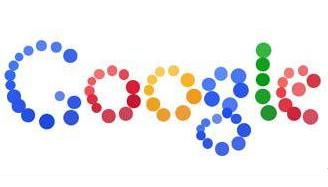Google: AdMob Gets 2bn Advert Requests Per Day

Google’s AdMob advertising platform is showing strong growth on the back of iPhone and Android distribution
Google’s Android operating system put in quite a strong showing at the 2011 Consumer Electronics Show last week, but the search engine every now and then likes to remind people that it makes money from ads served on its 100-plus handsets and tablets.
Google on 6 January said that its AdMob network is currently receiving more than 2 billion ad requests per day, four times the amount served over the last year.
100 million devices
Drilling down into the numbers a bit more, more than 100 million unique Android and iOS devices requested an ad each month. That’s nearly double the requests over the last six months, following Google’s purchase of AdMob in late May.
eWEEK wagers that this is largely due to the crushing popularity of Rovio Mobile’s Angry Birds, where AdMob ads woven throughout the application as users play range from useful information to intrusive.
AdMob ads have gone global under Google. Internationally, nine countries in the AdMob network saw more than 1 billion ad requests in December 2010, up from just one country a year ago.
Asia at 564 percent and Western Europe at 471 percent saw the strongest regional growth in monthly ad requests over the past year. Now we know where Android’s bread is buttered overseas.
Google offers further AdMob ad distribution data here.
As if Google didn’t need another feather in its Android cap, ComScore said on 6 January that Android has passed Apple iOS through November in total US smartphones owned. Android garnered 26 percent share to iOS’ 25 percent.
But whether Android is ahead or behind iPhone, Google earns money because AdMob remains a major provider of Apple iPhone ads. Despite the emergence of Apple’s iAd in July, Google accounted for some 60 percent of mobile ads.
Prospects appear even brighter for Google and AdMob in 2011.
New handsets
Motorola is launching the dual-core Atrix 4G smartphone and Droid Bionic in the next few months on 4G networks in the US. Samsung is expected to announce its dual-core smartphone plans in February at Mobile World Congress.
With 2GHz of processing power and on 4G networks 10 times as fast as current 3G data rates, each phone will serve applications and content much faster. Ideally, that means Google and AdMob will be able to serve more ads.
